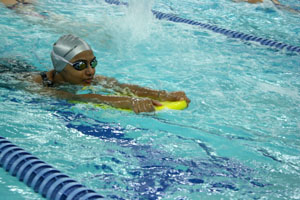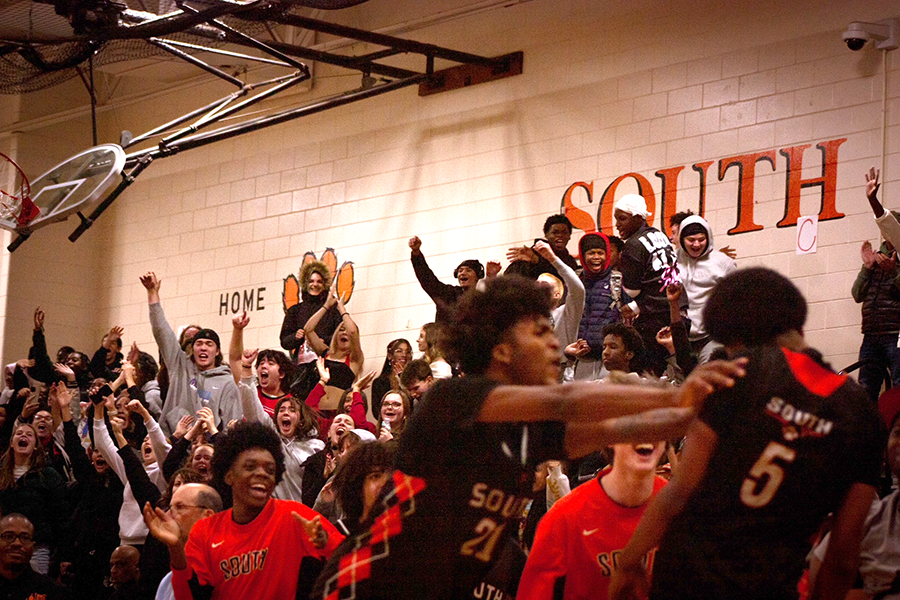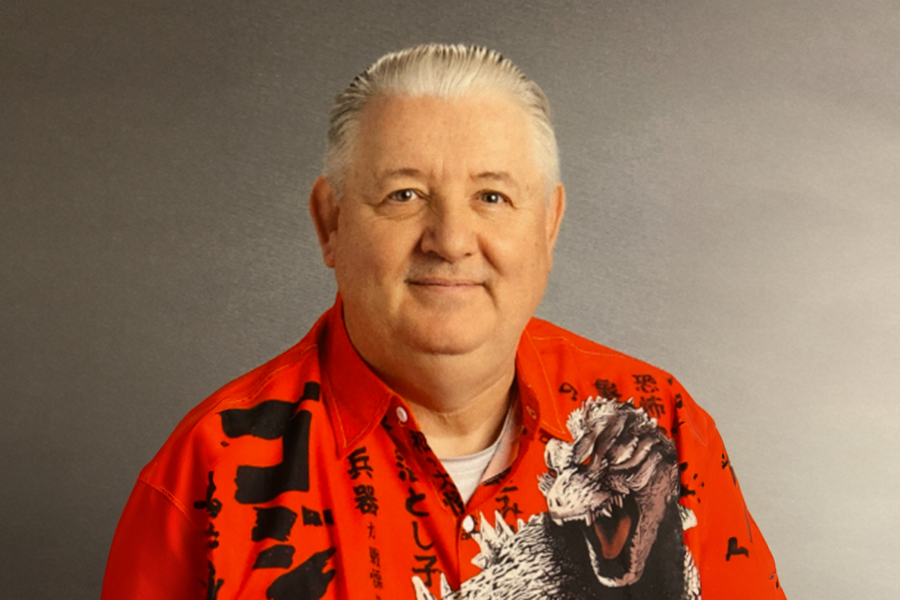From a South T-shirt to full out tiger suit, almost every other person you walk by is wearing orange and black, excited to get out of school and go to the game. Sound familiar? Homecoming games are one of the most fundamental high school experiences in schools across the country.
“That’s absolutely not the case in Austria,” said sophomore Dogan Can Mueldeur, an exchange student from Austria. He finds little interest in sports, by players or spectators in his home country. However, things in America are much different.
Sports are a large part of the culture in the United States. This year at the Olympics, we won 104 medals, more than any other country, as well as the most gold medals. “We have a richer country in general, so we have the funding and ability to be able to train these people for sports,” said sophomore Hannah Warling, an athlete herself who does track at South. Warling just came back from a year in Thailand, where she also ran track. “Sports here are such a bigger deal,” she affirmed.
She and junior Ketaki Abhyankar, an exchange student from India, both say it has been a pretty easy transition, aside from a few factors.
The sports schedule is one of the major differences United States sports has from many countries. At South, the schedule is much more rigorous than anything either Abhyankar or Warling have experienced. “I’m a bit tired right now because in the last two weeks there are continuously competitions,” Abhyankar said. In both India and Thailand, meets only occur once every month or two. “It gives us time to improve ourselves,” said Abhyankar. She prefers the schedule in India, both because it gives time to work on her techniques, and it is not so rigorous. “It becomes hectic, and then our schedule is on fire.” Abhyankar finds the schedule here a little overwhelming.
South does, however, make it easy to work with a busy schedule, and accommodates students participating in sports much more. Because of the fact that South’s sports are through the schools, rather than through clubs, like in India and Austria, practice begins as soon as school ends, a fact many athletes take for granted.
“In India, we don’t have something like that. We have a club timetable, and a school timetable, so we have to just match that and try to make it,” said Abhyankar. In India, she has to juggle a schedule of 12 classes as well as her participation in swimming. “The school doesn’t much bother about how we practice. But over here, the school [gives] more effort to how we practice and everything,” Abhyankar said.
Abhyankar also finds that the culture in India dismisses high school sports, placing much more emphasis on academics. “In India, there are few who put hard work into sports when they reach 11th and 12th [grade],” said Abhyankar. These eleventh and twelfth graders are busy with their studies, as well as studying for India’s rigorous college entrance exams. “We have to be a bit more disciplined,” Abyhankar said.
There is an attitude in India that you cannot necessarily be an exemplary student and an athlete. “If the person’s going for science, then he should be too far intelligent to do both things,” said Abyhankar. She estimates that only 50% of students in India participate in any kind of extracurricular activity and even less in sports.
Many countries’ sports programs face different problems than simply challenging course loads. “A lot of [Thai] people have more important things to worry about. They have to worry about their living conditions and things like that, because a lot of them [work on] small farms, or on the street vending, so it takes up most of their time,” Warling says. The prices of sports equipment make it hard for many Thai, as well as families in other countries, to finance their children’s sports. A pair of tennis shoes alone can be more than 15 percent of a family’s budget.
“I’m amazed at how good teams are here compared to Thailand. They’re so much better!” Warling said. Because of the lack of participation in the countries they came from, both Warling and Abhyankar were taken aback by the heavy competition here. The United States’ competitiveness, due to large participation, helps to challenge athletes and to push them harder.
Having sports in our school is a thing many people take for granted, but it has significance. “In Austria, schools don’t really have teams, and they don’t have names for them like ‘Tigers,’” Mueldeur said. “It shows the school is united, or the students are united,” Mueldeur has found that school spirit is a nice addition to the high school experience in the United States.
People here take more pride in the fact that they are athletes. “[Athletes] kind of get recognized, and if you’re a good football player or something like that, people know you,” Mueldeur said, unlike in Austria. People in the United States value high school athletes, obvious in the numerous “popular jock” stereotypes on shows like ‘Glee.’ Mueldeur says that in Austria, non-athletes show little interest in sports.
Sports themselves have a large significance in the United States, from providing a uniting cause to the fact that, as Warling says, “how well they do in sports can change the way other schools view that school,” a statement that speaks volumes about how sports are valued in the United States.














